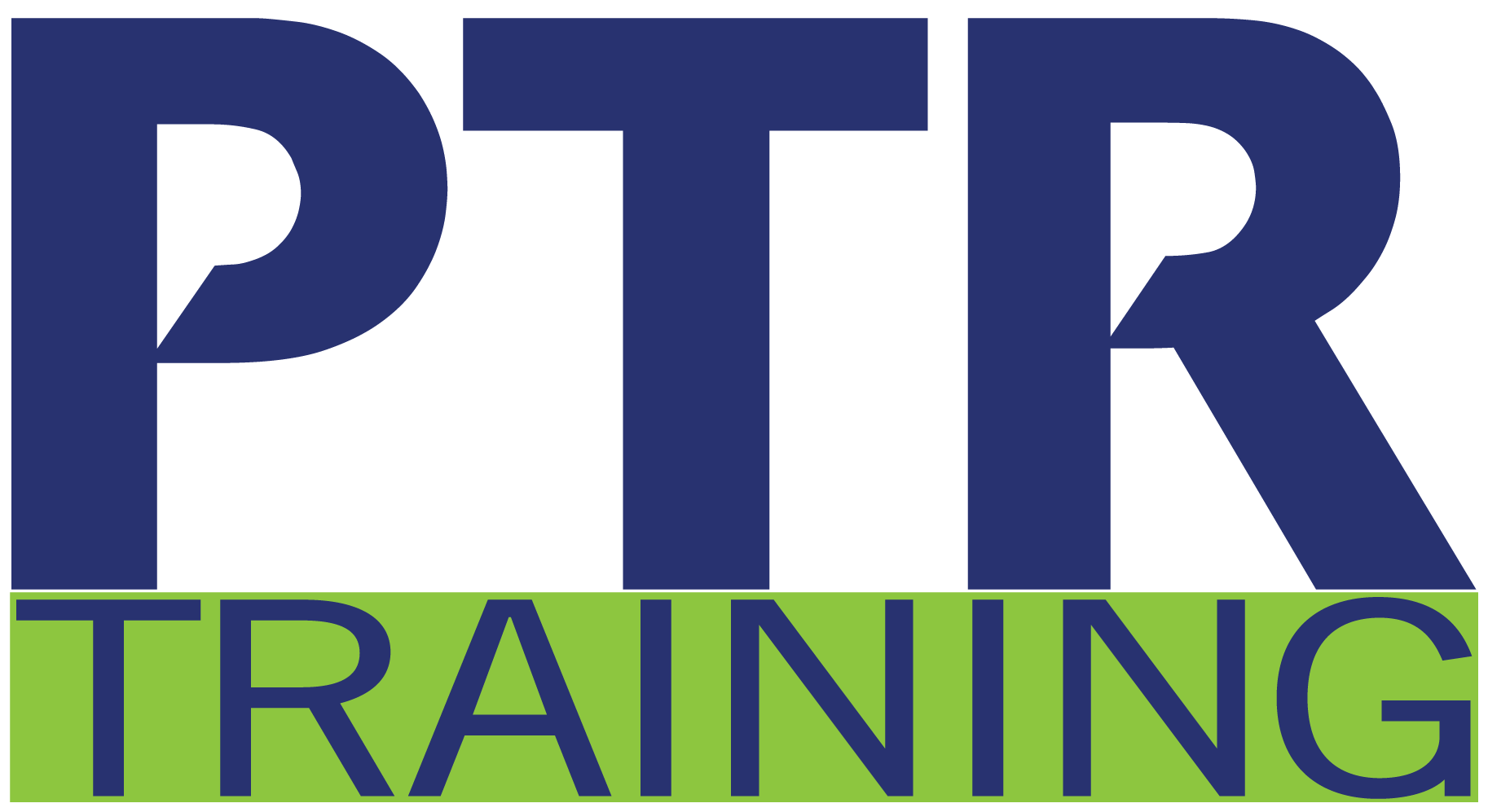Formats: 8-hour virtual course | 2-day instructor-led onsite
During this intense 2-day program, we will go beyond the basics of critical thinking and decision-making. We will teach you how to apply logic and reasoning to enhance work processes and improve decision making. And then, we delve deeper into cognitive and lateral processes of critical decision-making.
Learning Objectives »
- Complete a self-assessment.
- Apply higher levels of thought.
- Identify, construct and evaluate arguments.
- Detect inconsistencies and mistakes in reasoning.
- Create a broader range of solutions.
- Logically breakdown and solve problems.
- Better anticipate the impacts of decisions.
- Apply ongoing analysis.
Course Agenda »
The Discipline of Critical Thinking
- Self-Assessment
- The Broad Brush of Thinking
- Elements of Critical Thinking
- Origins of Critical Thinking
- Bloom’s Taxonomy
- Critical Thinking in Business
- Keys to Critical Thinking
- Dispositions Toward Critical Thinking
Reasoning
- Evaluating Arguments
- Statements and Arguments
- Types of Arguments
- Fallacies
- Elements of Reasoning
Evaluating and Analyzing
- Evaluative Questions
- Seeing the Big Picture
- Big Picture Guidelines
- Universal Intellectual Standards
Problem-Solving and Decision-Making
- Problem Solving Defined
- Decision-Making Defined
- Drawing Conclusions
- Elements of Decision-Making
- Evidence-Based Decision-Making
- Cognitive Problem Solving
- Lateral Thinking
- Rules of Brainstorming
- What is Decision-Making?
- Six Thinking Hats
- Ongoing Analysis


